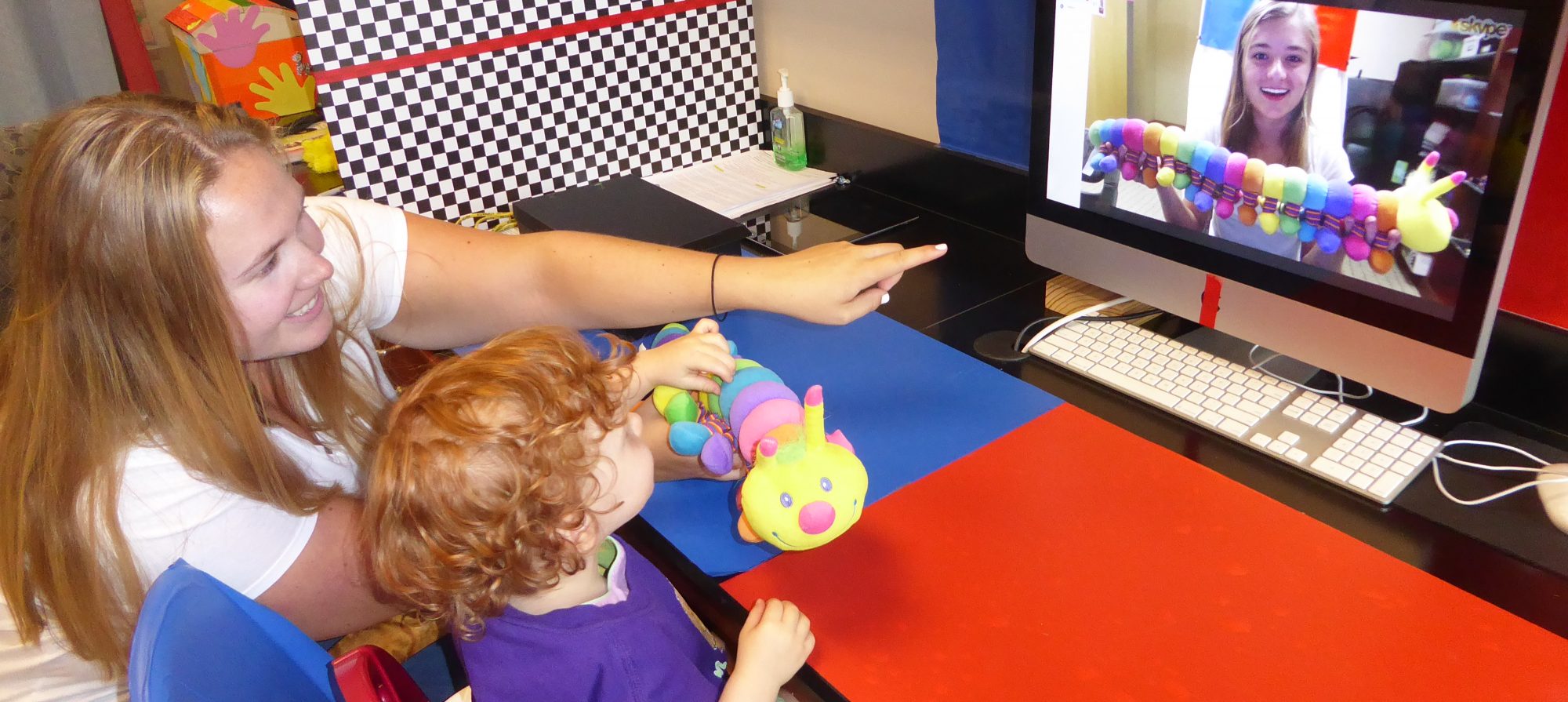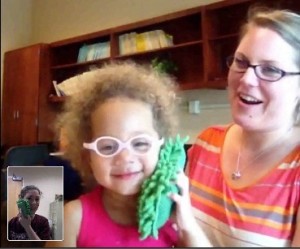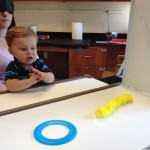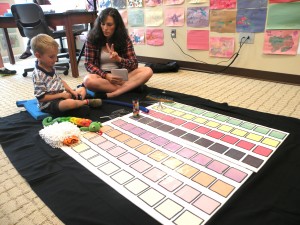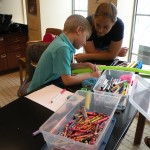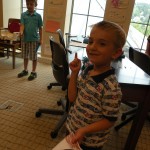What is involved in the studies?
What is involved in the studies for toddlers (ages 16-36 months)?
A: Your child will FaceTime with a student research assistant as your child plays fun & engaging games with the person on the screen. Then, we see what your child has learned from the person.
In one version of this study, you come into the lab for an initial 20-30 minute visit. Then, we send you home with the study materials and you FaceTime a few more times over the next few days. After that, we see you back in the lab twice (once immediately after finishing FaceTime, the last time after 1 week of doing nothing related to the study) to see what your child has learned. You receive $30 as compensation for your time spent with us, as well as a Lafayette Young Scientist certificate for your child.
In a second, less time-intensive version of this study, you and your child only need to come into the lab once for 30-minutes. During that time, we do a condensed version of what happens in the version described above: a researcher will teach your child new things and we will see what your child learned from her. To do this, we present the toys again, say the name, and ask your child to choose it and do the action they learned from the researcher. Your child will receive either a Young Scientist T-shirt or a toy from a prize box.
Q: What is involved in the studies for preschool aged children (ages 3-5 years)?
A: Children and the researcher play a life-sized board game with silly toys. As the toys “race” down the board, the researcher teaches children gestures that go along with each toy. After playing the game, we see which gestures the children remember. We are interested in whether children more readily remember the gestures that look like the toys.
Q: What is involved in the studies for elementary school aged children (ages 5-9 years)?
A: Using markers, stickers and crayons, children make a map that shows the location of hidden toys in our room. They also use maps made by others to find hidden toys. We are interested in whether children understand how the room and toys are symbolized in maps, and how they can communicate to the person who will be using their map.
- Kyle carefully decides how to make his treasure map while researcher Emily guides him.
- Brayden has an “ah ha!” moment while using Kyle’s map to hidden toys.
